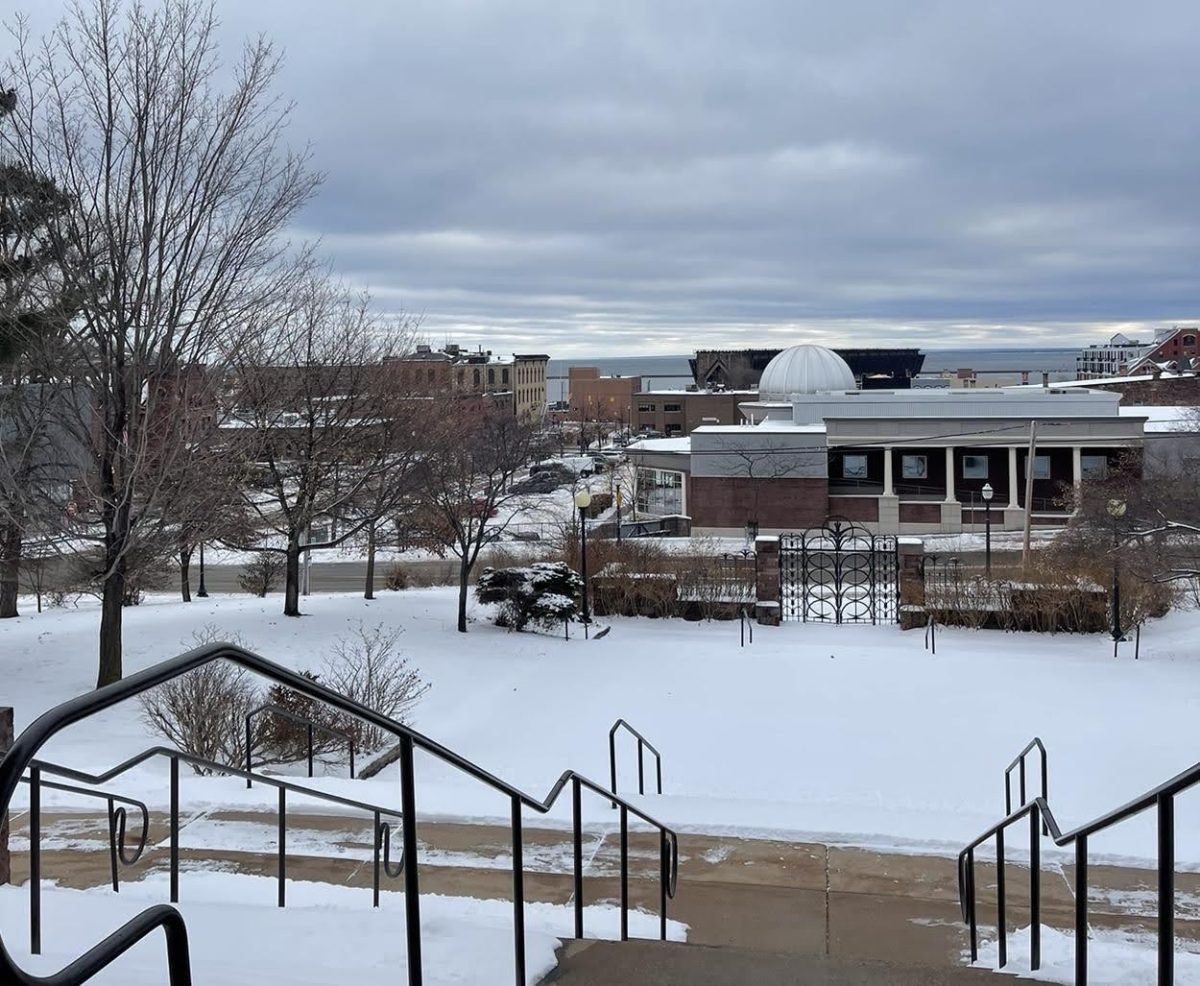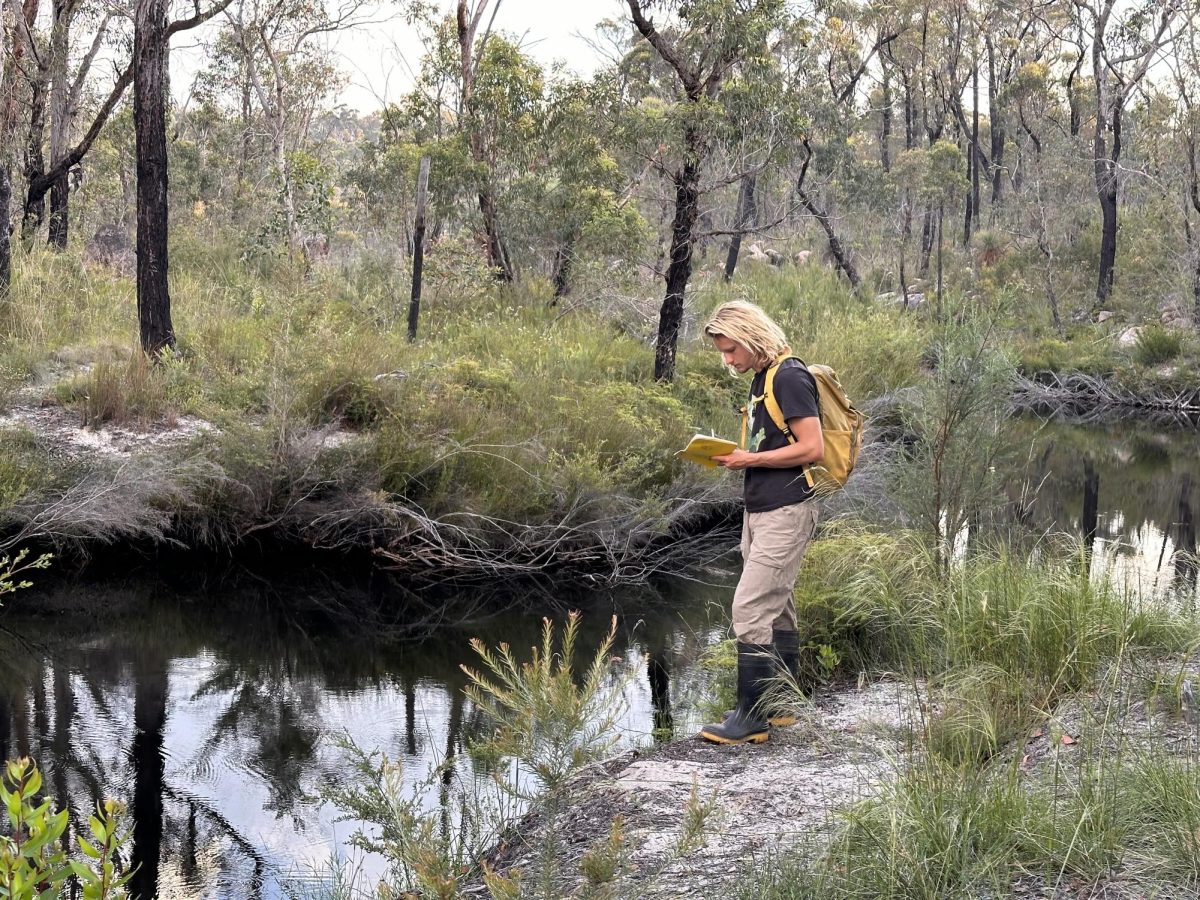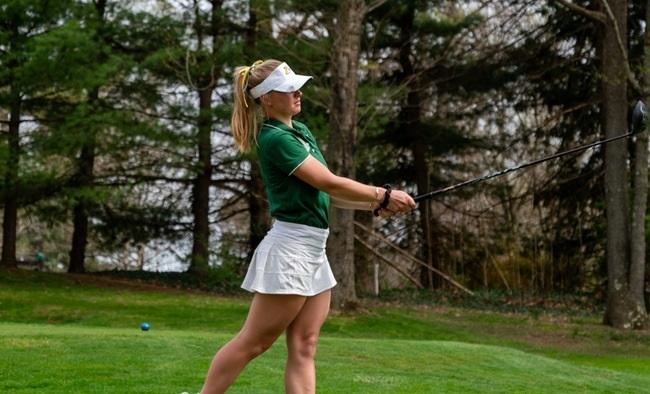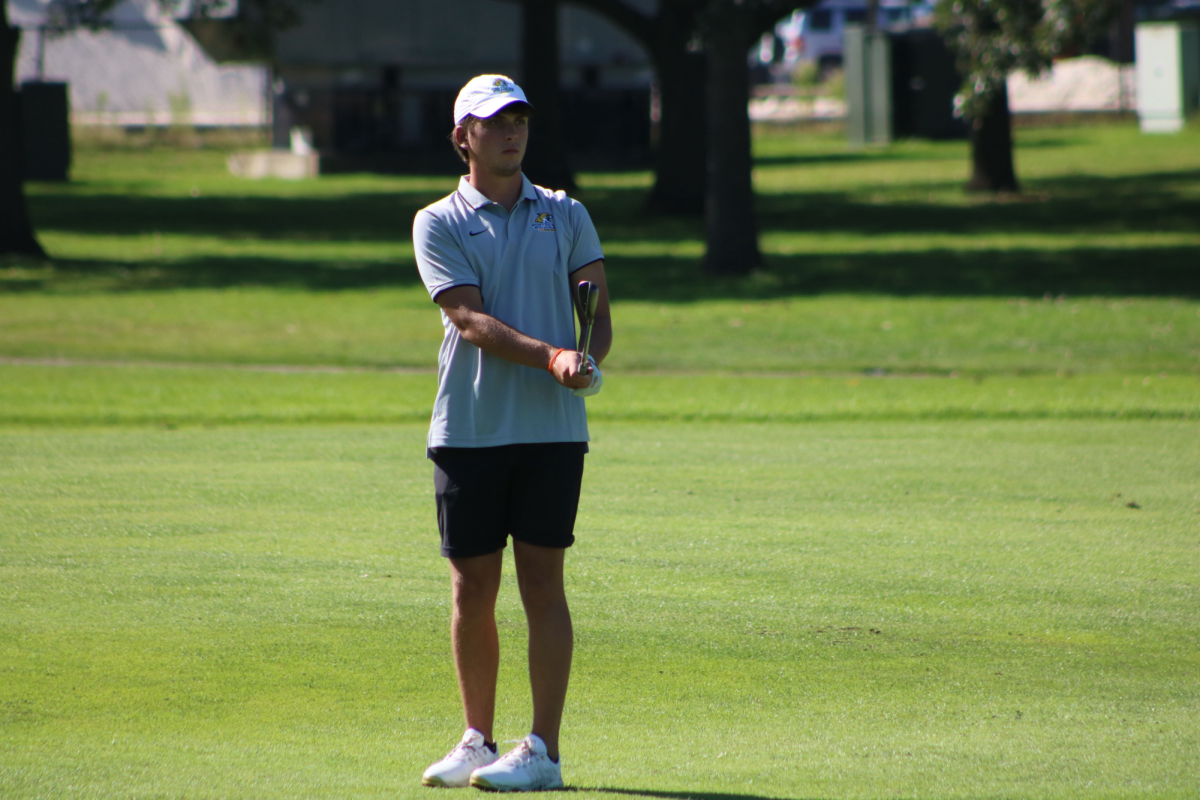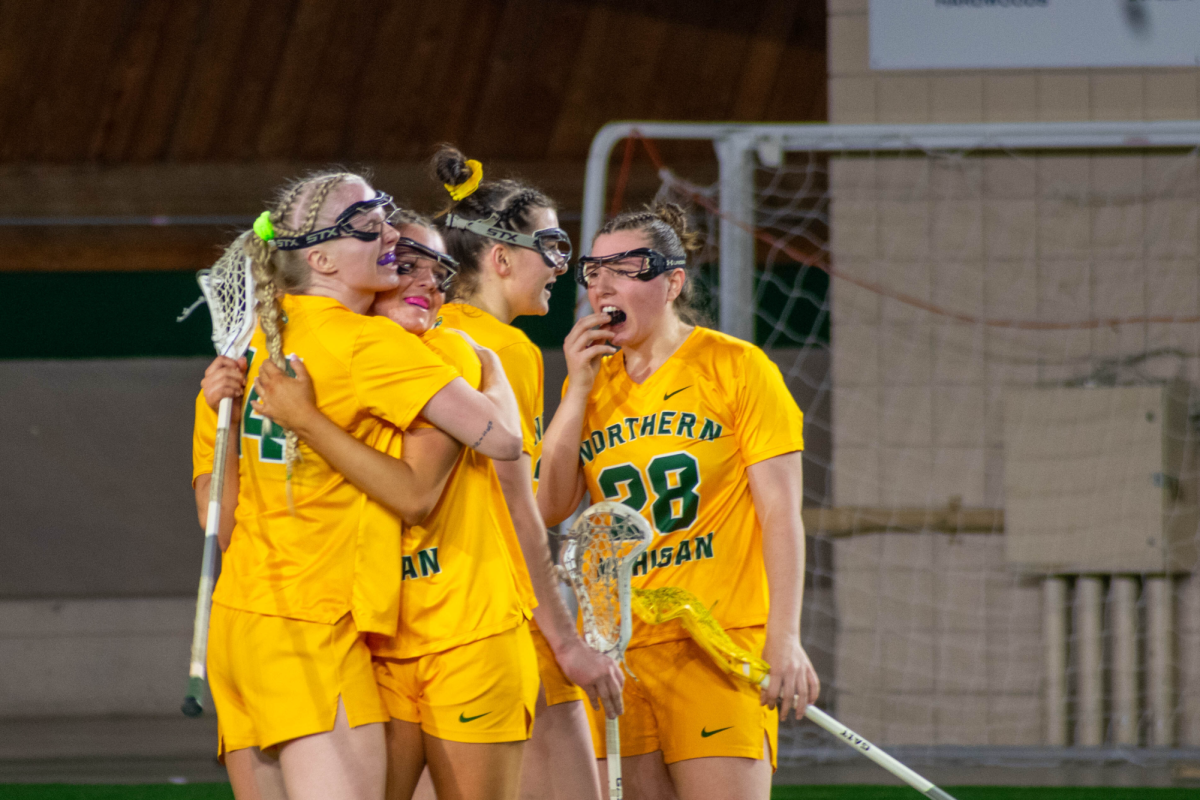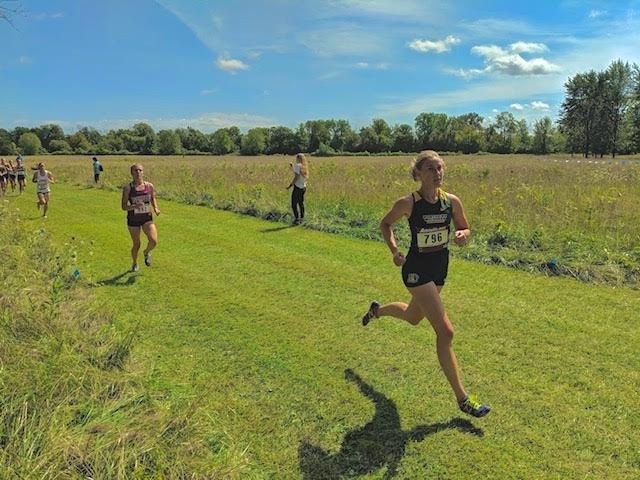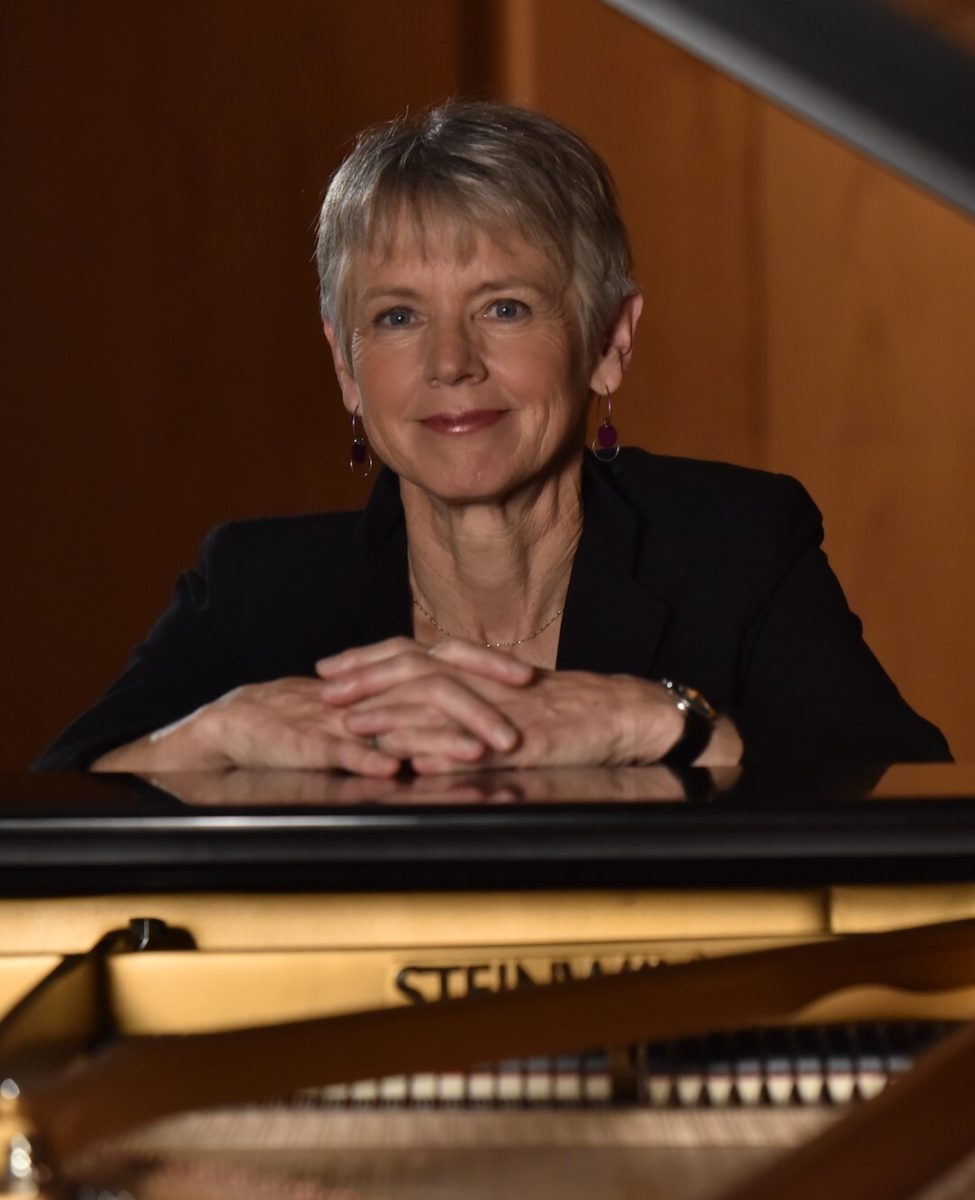Every year, hundreds of millions of monarch butterflies migrate across the United States and Canada to their winter homes in California or Mexico. NMU plans to bring more of these eye-catching insects to campus, and with them, more students and community spectators.
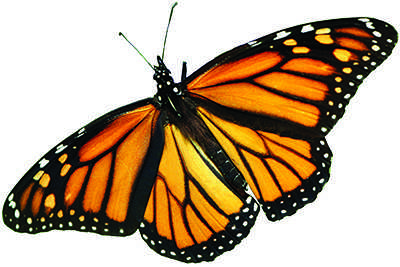 As part of a larger project to restore and expand the Outdoor Learning Area (OLA), Northern’s faculty-led OLA Committee is building a Monarch Waystation, which is a butterfly habitat, and also a Geologic Interpretation Park (Geopark), which is a collection of native rocks, both to be used for education and public outreach.
As part of a larger project to restore and expand the Outdoor Learning Area (OLA), Northern’s faculty-led OLA Committee is building a Monarch Waystation, which is a butterfly habitat, and also a Geologic Interpretation Park (Geopark), which is a collection of native rocks, both to be used for education and public outreach.
“Monarch Waystations,” are comprised of milkweed and other flowering plants for the butterflies and their larvae to feed on. Monarch butterflies have been declining in recent years as their habitats are destroyed by development and agricultural pesticides, so although there is some concern, the species has not reached endangered status yet.
“Monarch Waystations are trending in a way,” said student and OLA Restoration Manager Tabitha McAlpine. “They’re eco-conscious, community and educational. They bring together the old, the new, the young, and they see this beautiful butterfly. [Monarchs] are big, easy to identify. They’re graceful. People admire them.”
Northern has a few milkweeds now, but the committee plans to plant enough to be considered an effective habitat and be certified as an official Monarch Waystation by monarchwatch.org, an organization heading up monarch conservation efforts nationwide.
McAlpine, a senior biology major with a concentration in botany, has been heading up botanical work in the Native Plant Area. She said the waystation will be planted in the OLA near one of the new dormitories, with about six milkweed and three other perennial plants per square yard, in order to ensure plenty of food for adult monarchs and their larvae.
The waystation should be completed by November 2017, she said. Monarch Watch has a database for the public to track monarch migrations. At Northern, the committee plans to add more seating in the OLA for enthusiasts to sit and appreciate the plants, animals and butterflies.
“It’s kind of like birdwatching,” McAlpine added.The natural learning environment of the OLA is used by numerous classes in addition to those of the earth, environmental and geographical sciences (EEGS) department to enhance studies and get field experience, including in soils, hydrology, ecology and other disciplines, as well as for community education.
Located in the circle drive near the New Science Facility, the Geopark is mainly a collection of interpretive boulders for park-goers and EEGS students to identify and experience hands-on the different specimens of Upper Peninsula rocks.
“It’s a change-up from a lecture, PowerPoint environment,” said Matt Van Grinsven, an EEGS assistant professor and OLA Committee member. “It’s one thing to stand in front of class and show pictures. It’s another thing to actually touch the rocks and soil. It’s a great benefit to a class to have it right outside.”
At the moment, the Geopark is a fenced-in collection of rocks, transplanted trees and lawn with a half-laid stone pathway running down the middle, but it will be an attractive site for the public as development continues next year, Van Grinsven said.
The OLA has undergone changes recently, due to plans for NMU’s new dormitories. In June, volunteers relocated from the Native Plant Area 15,000 native plants, 5,500 square feet of natural sod and 30 trees to make room for dorm construction.
Before, the interpretive boulders were scattered throughout the OLA, but as volunteers moved the rocks as well, the committee chose to put the boulders now in a single place both for convenience and to give them a their own designated space, Van Grinsven said.
“We decided it would be a neat idea to have them more centrally located,” he said.
The wooden fences around the Geopark’s perimeter were salvaged from the old Native Plants Area. The flagstones on the pathway are Jacobsville sandstone repurposed from the former Longyear Hall, which was NMU’s oldest building until it was demolished in 1993. Since then, the stones had been piled up and untouched, and Van Grinsven said it was a great opportunity to use them.
“Jacobsville is such a pretty rock, with the oxidation stains and redox stains, red and white,” Van Grinsven said. “So we can use them for a variety of purposes—think about the environment in which the rock was deposited, in the Earth. That’s part of the fun of geology—thinking about how rocks form.”
Next year, plans for the Geopark include landscaping, adding native and other flowering plants and creating a winding trail through this “naturalized green space” that would meander between the boulders, Van Grinsven said.




